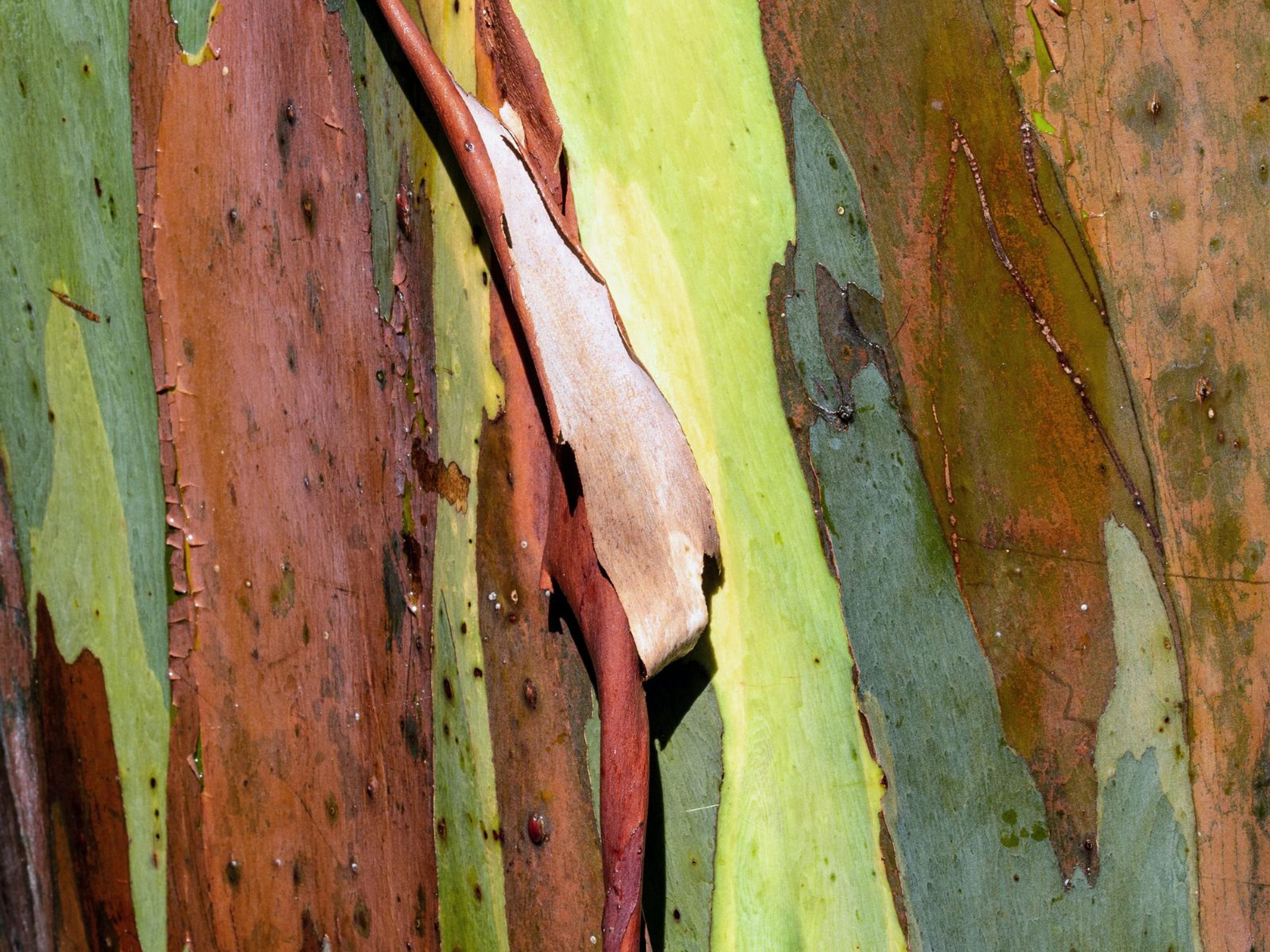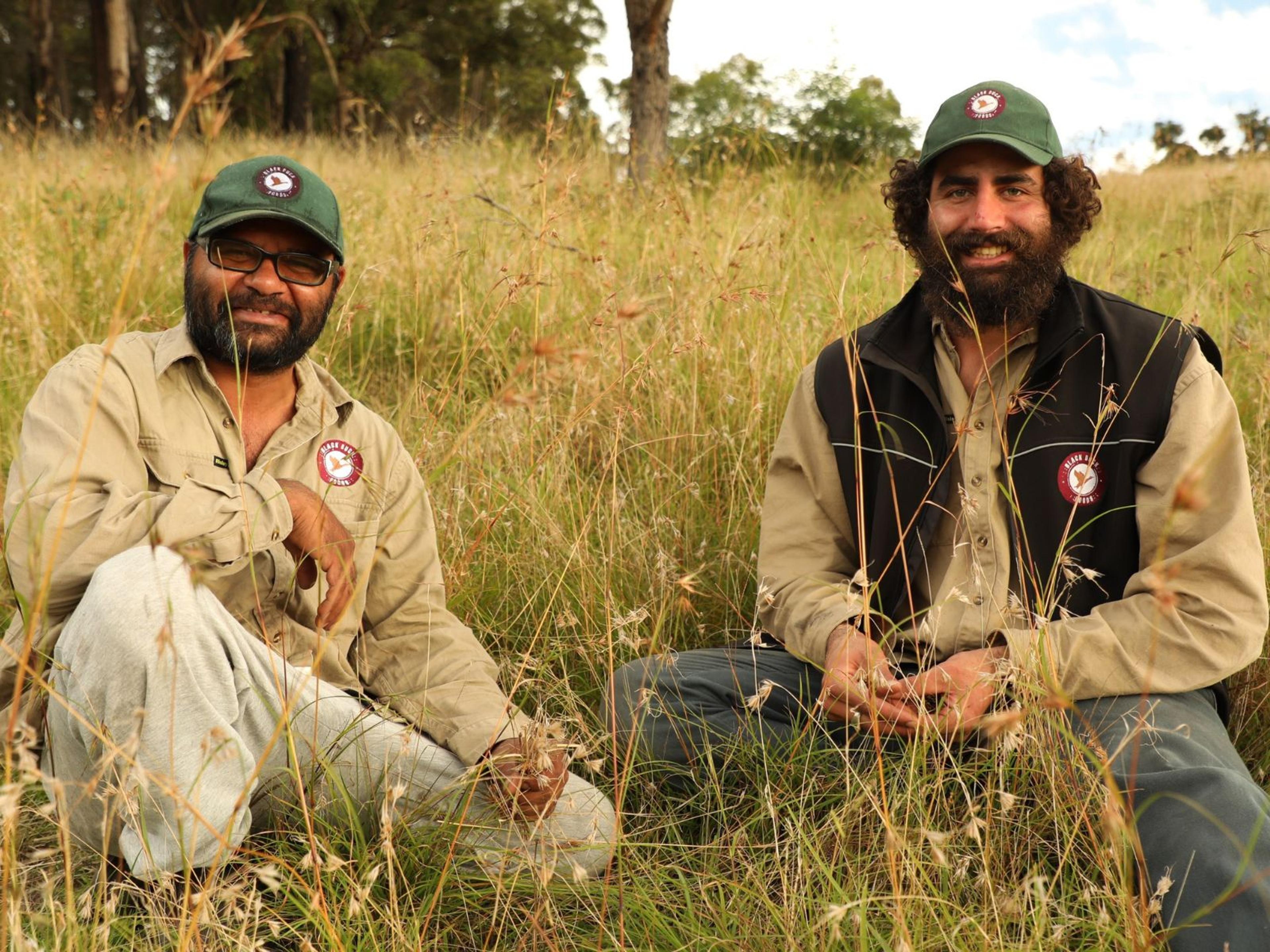Investing in First Nations Equity, Leadership & Sovereignty
“Our lands were where our responsibility to the world was enacted, sacred ground. It belonged to itself; it was a gift, not a commodity, so it could never be bought or sold.”
— Robin Wall-Kimmerer Braiding Sweetgrass: Indigenous Wisdom, Scientific Knowledge and the Teachings of Plants. 2015.
The deep work of regeneration can only happen across our food and farming systems in Australia if we place First Nations equity, leadership and sovereignty front and centre.
We can't delineate a clear roadmap for investment for you across this opportunity area at this point in time. Working out how we walk this journey must be led by our First Peoples, as we learn through deep listening and openness about how we can best work together.
What we put forward below are some of the key themes that emerged through conversations across the First Nations food and farming sector and beyond, as some starting points for reflection and consideration in funding allocations.
Reconciliation, truth-telling and healing
This needs to come first — there is a whole lot of history, injustice, genocide, dispossession, slavery and inequity that has never been acknowledged, or reconciled. This is step one — and ahead of a Makarrata (treaty) connected to constitutional recognition in the upcoming referendum, there is work that we can all invest in within our own communities and spheres of influence.
In terms of capital deployment, and where and how to enable equity, leadership and sovereignty, we heard about a range of pathways requiring further listening, exploration and action.
Rework power and decision-making structures
There are very few family offices, foundations or investment firms that work with Aboriginal governance and decision-makers when allocating funds to First Nations communities. How can you determine how best to invest in a community if you are not a part of that community? The patterns, quite frankly, tend to be still very colonial - white wealth deciding how best it should be deployed.
There are a range of shifts that need to be made here, including ensuring there are Aboriginal leadership and decision-makers in board rooms, through to systemic interventions like establishing a First Nations Rural Research Development Corporation that is First Nations-led and community informed. Aboriginal-led investment and funding organisations like First Australians Capital or Raven Indigenous Impact Foundation and NDN Collective in the USA are other key leverage points.
Other transitional steps include work that RSF Social Finance in the USA is undertaking, to enable community decision-making on investment and funding allocations, through structures like flow funding and shared funding with philanthropic capital. (Refer to the case study below).
Invest in and enable First Nations voices, stories, collaboration and amplification
The majority of the media and storytelling happening across our food and fibre systems, including the regenerative movement, is white. A conscious effort needs to be made to invest in and enable storytellers, creatives, knowledge holders and artists from our First Nations community to tell their stories on their terms.
A range of the First Nations-led thinkers and doers we spoke with as part of this research have emphasised their frustration at the lack of visibility of all the incredible work and knowledge that is taking place across their communities. Amplifying these stories is not just about challenging the narrative that much of mainstream Australia hears and that underpins our agricultural sector, it is also about building connection, collaboration and inspiration across different communities and landscapes.
There are multiple actions to consider here - from investing in a grants program such as NDN's Radical Imagination Cohort for First Nations creatives (refer to case study below), to supporting First Nations writers, scholars and media makers to publish across a range of media outlets, to investing in collaborative storytelling and gathering events led by our First Peoples across the nation to bring communities together to learn, listen and connect.
“Truth-telling and reconciliation needs to happen in agriculture and we need to really bring it forward, acknowledging that as a result there is a part of the population that will sign off because of institutionalised and society-embedded structures of racism in Australia.
But we need to do so anyway, because we want an Australian agriculture industry that is founded in truth-telling, established with respect and we are here to move forward as one and begin our reconciliation journey — agriculture is not on that journey just yet.”
— Joshua Staines Director, Black Duck Foods | Interview 2022
Invest in First Nations-led initiatives to develop, maintain, evolve, apply and enable Traditional Ecological and Cultural Knowledge and Aboriginal agricultural practices
The 2022 State of the Environment Report highlighted the importance that traditional knowledge has played in caring for Country in Australia for tens of thousands of years, and the central role it needs to play in regenerating this continent. Many stakeholders we spoke to across the sector acknowledge the centrality of this knowledge to regenerative transitions, and the need for investment in the ongoing stewardship of Country, evolution and application of knowledge, and, where appropriate, the sharing of knowledge on sovereign terms.
A key point we heard from different First Nations stakeholders was a tendency in the funding and investment realm to associate their knowledge and practice with traditional stereotypes. Funders are comfortable with funding activities like wild harvesting or ranger work but have less appetite for modern and innovative applications and initiatives, particularly in agricultural production or processing. This is deeply frustrating, and limiting — knowledge and cultural practice are ever-evolving and varied and stereotypes are preventing enabling capital from reaching cutting-edge work.
Forms of capital need to be long-term, relational and patient — cognisant of culture and equity
We heard, multiple times, from different parts of the continent, that funders and investors need to be prepared to take some time to develop cultural understanding, relationships and trust, as well as context-specific forms of and processes for investment. Community, business and research needs are varied across urban, rural, regional and remote communities, and a cookie-cutter approach to funding processes or finance solutions simply doesn't work.
Across our conversations, different suggestions were made about how to approach investment and funding relationships and processes including:
- Take time and build trust first. Nothing can happen without that.
- Think about your funding processes — are you requiring detailed application forms that may pose an accessibility barrier for EAL communities? How do your processes handle the digital divide faced by many remote and rural communities?
- Things work better if you don't determine or impose your idea or definition of success and impact. Instead, ask communities/ businesses/entrepreneurs what success looks like for them.
In 2022, First Australians Capital and Indigenous Impact published the Indigenous First Impact Framework to guide investors through ‘the context, principles and practices required to facilitate long-term, self- determined investments into Indigenous enterprises’. This framework is a foundational guide for engaging in investment partnerships in this pathway - and we include their investor readiness checklist (with permission) below as a practical starting point.
Investor Readiness Checklist
The text is reproduced from the Indigenous First Impact Framework developed by First Australians Capital & Indigenous Impact (p.17, 2022) with permission.
This checklist can be used as a reflective exercise for impact investors to undertake before engaging in Indigenous investments:
01. Engage in truth- telling
Do I/my organisation understand or could we better understand the systemic structural barriers that lock Indigenous people and communities out of economic and social development?
02. Acknowledge the creative & cultural capacity of Indigenous people
Do I/my organisation recognise or are we open to the value creative and cultural capital brings to economic development in existing and emerging industries?
03. Understand self-determination
Do I/my organisation understand the role and purpose of self-determination in impact investing and why it must be empowered and upheld or do we need to understand it further?
04. Reflect on your role in empowering the Indigenous economy
What role do I/my organisation play, or could play in empowering the Indigenous economy? What power do I hold (networks, capital, resources etc.) ? How can I use that power to elevate the voices of Indigenous enterprises over my own?
05. Find the right partner/s to support your development
Who are the right people/networks/ consultants to support the implementation of this framework for our organisation and support building the Indigenous business economy? (Hint: They should be Indigenous)
“To support our businesses, you’ve got to be in there for the long haul, not just throw some money at them and that's it. Got to work with them, support them, continue to engage, be there, be a sounding board.
They’re all different, some, like Sobah, they just go off, and are away and running but for other businesses that'll look different, they will need more support for a while. It's all part of it.”
— Duncan Kerslake Deadly Innovation - Program Manager | Interview 2022
“There is a lot of work to be done in the economic space — there is a substantially low number of Aboriginal economists in the country, so there is a real lack of representation, voice and we have different world views and values when it comes to economics.
The western value of money is the standard we are measured by, but for us money is not there to be hoarded, it is essentially a shared resource. It's your obligation to share money. To put it to good use for yourself, your family, your community.”
— Gaala Watson University of Queensland & Humanize Media | Interview 2022
This article is an extract from Regenerating Investment in Food and Farming: A Roadmap.
Image credit (right): Black Duck Foods

